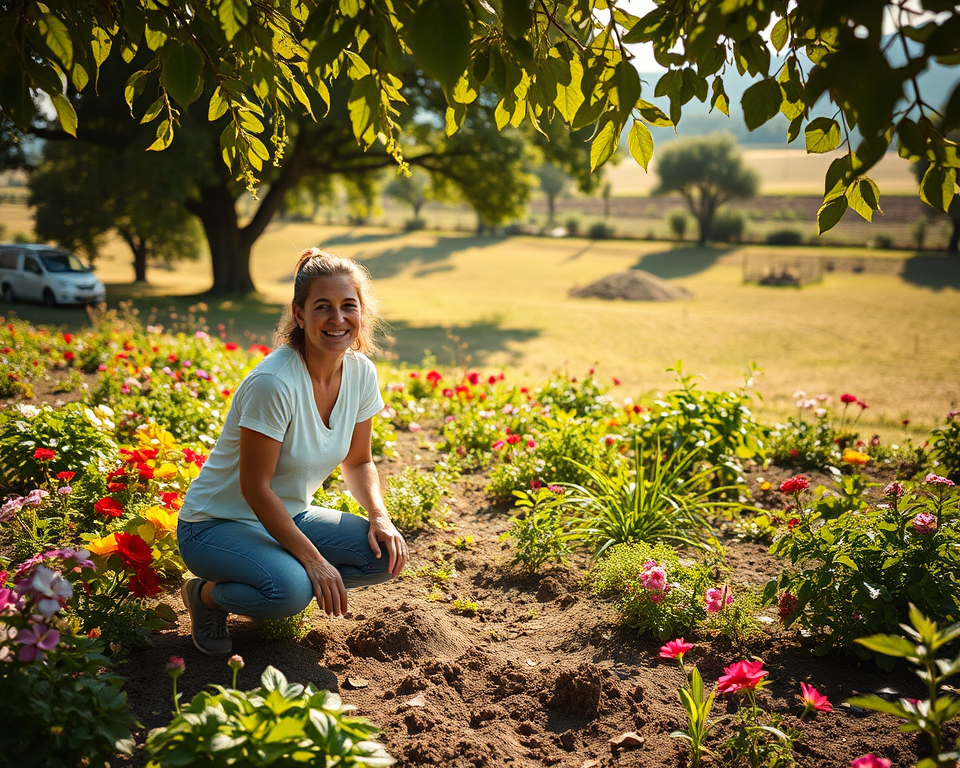Hey there! If you’re a fan of gardening, you might be curious about how big a piece of land is. Today, we’re going to talk about hectares and acres, which are two different ways to measure land, like your garden!
First, let’s understand the measurements a little better.
- A hectare is a unit of area that is often used in farming and gardening. One hectare is equal to 10,000 square meters.
- An acre, on the other hand, is another way to measure land and it is a bit smaller compared to a hectare. One acre is approximately 4,047 square meters.
To convert hectares to acres, we can use this formula:
$$
\text{acres} = \text{hectares} \times 2.471
$$
So, if we want to find out how many acres are in 11.5 hectares, we can do the math:
$$
\text{acres} = 11.5 \times 2.471 \approx 28.4
$$
This means that 11.5 hectares is about 28.4 acres! That’s a lot of room for flowers, vegetables, and all your gardening dreams!
Now, let’s think of some objects that take up approximately 11.5 hectares or 28.4 acres. Here are 7 objects that could help you visualize that size:
- 25 football fields – A standard American football field (including the end zones) is about 1.32 acres.
- 22 soccer fields – A typical soccer field is about 1.34 acres.
- 23 city blocks – Average city blocks can vary in size, but about 0.5 acres each is a common measurement.
- 450 houses – If each house sits on a typical lot size of about 0.06 acres.
- 25 large 4-acre gardens – Imagine those sprawling garden spaces filled with plants.
- 450 tennis courts – With one tennis court being about 0.06 acres.
- 1 giant park – Many city parks can easily exceed that space for play and relaxation.
With all that space, you could really create a magical garden! 🌼🌷 Happy gardening!
